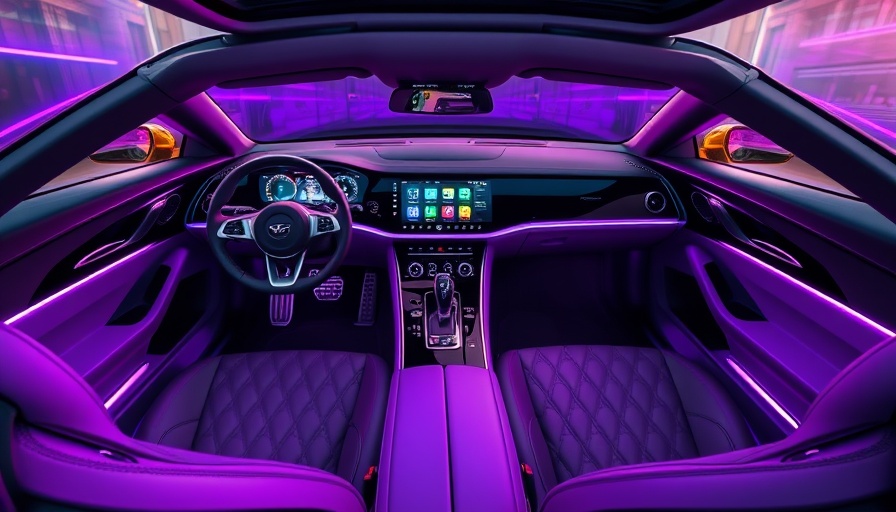
The Evolution of Automotive Design: A Shift from Chrome to Computational Optics
In the rapidly evolving automotive industry, technological advancements are redefining how vehicles are characterized, especially in terms of design and functionality. One remarkable shift is the gradual transition from traditional chromium finishes to innovative computational optics. This transformation is not merely aesthetic; it represents a substantial rethinking of how light can be manipulated to optimize automotive applications.
Understanding Computational Optics
Computational optics encompasses a suite of techniques that utilize algorithms and computing power to enhance the performance and appearance of light-based systems. By optimizing designs for lighting, sensing, and display applications, manufacturers can produce high-quality visual experiences while potentially reducing costs associated with traditional chrome finishes.
Benefits to the Automotive Sector
The benefits of integrating computational optics are manifold. Firstly, it allows for the creation of more intricate and tailored lighting designs that provide greater visibility and safety. Automakers can design more efficient headlamps and taillamps that adapt to various driving conditions, enhancing the overall driving experience.
Real-World Applications: Engaging Examples
A notable example includes the use of computational optics in adaptive headlights that adjust the beam based on the vehicle's speed and direction. Manufacturers like BMW and Audi are pioneering this technology, shifting towards designs that maximize functionality while minimizing energy consumption. This pragmatic approach illustrates how computational optics can enhance vehicle safety without compromising aesthetics.
Future Predictions: Opportunities for Growth
As the demand for electric and autonomous vehicles grows, so too will the significance of computational optics. With an increased focus on sustainability, manufacturers are looking for ways to reduce material use and improve energy efficiency. Computational optics not only meets these demands but also contributes to the aesthetic appeal of modern vehicles, making it a fundamental component in future automotive innovations.
Conclusion: Embracing Change in Automotive Design
For dealership owners and general managers, understanding these emerging technologies is crucial. The transition from chrome to computational optics signifies a broader change in consumer expectations, highlighting the importance of providing advanced features that enhance safety and aesthetics. Staying informed on these trends can empower auto sales training efforts, equipping sales teams with the knowledge to engage customers with confidence. As the industry continues to evolve, adaptations in marketing strategies will be necessary to align with these technological advancements.
 Add Row
Add Row  Add
Add 




Write A Comment